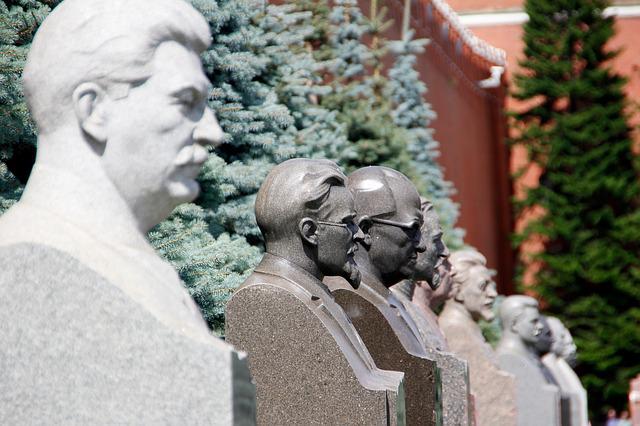
Leninism was the foundation of the Russian Revolution.
Leninism is a doctrine promoted by the Russian revolutionary Vladimir Ilyich Ulyanov , known as Lenin ( 1870 – 1924 ). It is an adaptation of Marxism that was carried out to establish the Soviet revolution .
Base on Marxism
To understand what Leninism is, therefore, it is first essential to refer to Marxism, the model based on the philosophical thought of Karl Marx (1818-1883). The criticism of capitalism , the idea of class struggle and the promotion of communism are the pillars of Marxism.
Lenin started from ideas of Marxism and adopted them, both theoretically and practically: the result is what is called Leninism . The Bolshevik leader took into account the issues of capitalism that, at the beginning of the 20th century , had changed compared to what Marx analyzed further back in time .
Leninism, in this way, proposed that the workers most aware of their situation of exploitation should associate in a Communist Party . This political party would have the responsibility of organizing the struggle and promoting the revolution , avoiding simple reformism that was destined to fail.
The Communist Party , for Leninism, was constituted as a vanguard. Its purpose was to favor the proletarian revolution to destroy the capitalist State . Once the objective was achieved, the time came for the dictatorship of the proletariat , with the workers controlling political power through the soviets .
Russian revolution
History shows that Leninism was the foundation of the so-called Russian Revolution , which made possible the fall of the tsarist regime in 1917 and the creation of the Russian Soviet Federative Socialist Republic . This nation would later become the most important element of the Union of Soviet Socialist Republics , whose existence lasted between 1922 and 1991 .
Although we talk about the Russian Revolution, it is important to understand that it was not a single event but at least three, which extended from March 8, 1917, with the first revolution, until June 16. 1923, when the Civil War ended. When the first stage concluded, the imperial tsarist regime was overthrown and the republican Leninist regime was established. It all started with the so-called February Revolution , which took place in March according to the Gregorian calendar but Russia used the Julian calendar.
The main focus of this revolution was the ancient city of Petrograd , which today we know by the name of Saint Petersburg. Given the lack of control that such an event entailed, control of the nation became in the hands of the imperial parliament, and in this way the provisional Government was created. Nikolai Alexandrovich Romanov (also known as Nicholas II ), the last emperor, abdicated. Even the Russian army declared itself unprepared to face the revolution.
Already in the October Revolution, the party led by Lenin, the soldiers and the workers managed to overthrow the provisional government, and thus the so-called Sovnarkom was born. Leninism took control of various ministries and in 1918 the Treaty of Brest-Litovsk was signed, according to which Russia renounced Poland, Livonia, Lithuania, Bessarabia, Finland, Estonia, Courland and Ukraine.

Lenin was concerned about Stalin's excessive power.
Post-revolutionary Leninism
After the Revolution, both Stalinism and Trotskyism became the most important philosophies of communism in Russia that exhibited a clear ideological influence from Leninism. Lenin fought until his last days against the excessive influence that Stalinism had on the Communist Party and bureaucratic issues.
One of the reasons for this was that Stalin enjoyed colossal administrative power. It was out of fear that he would use him to the detriment of his people that he allied with Leon Trotsky to remove him. In favor of the ethnic and national groups of the overthrown Empire, Lenin also defended their right to self-determination.
